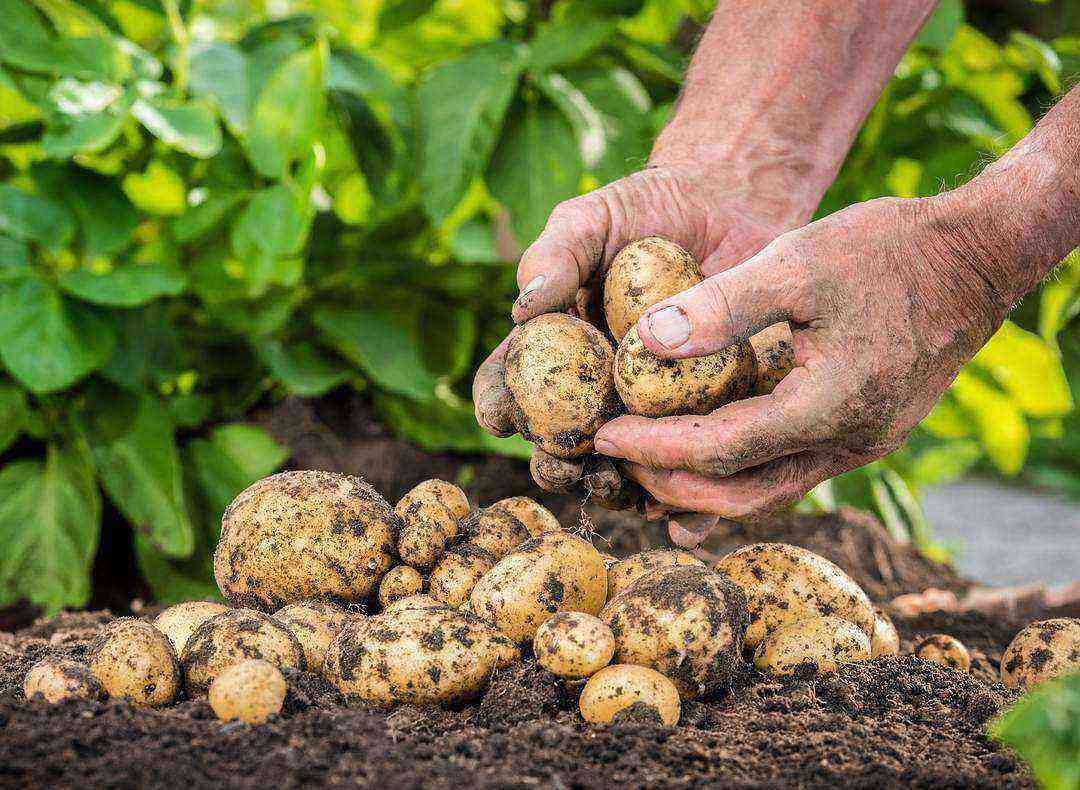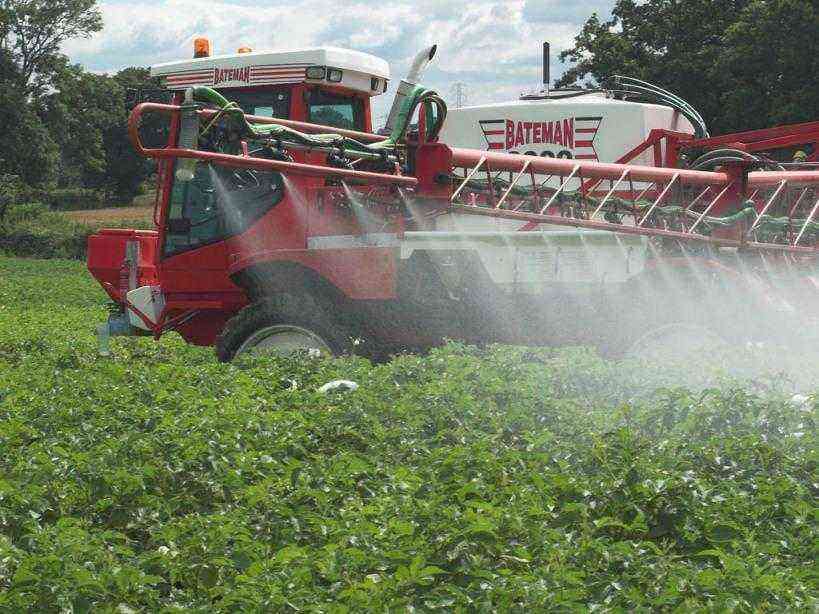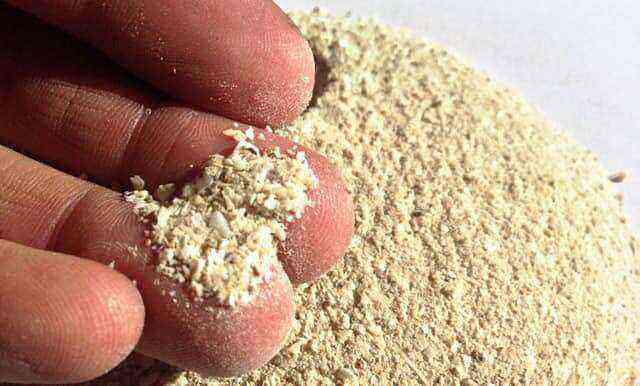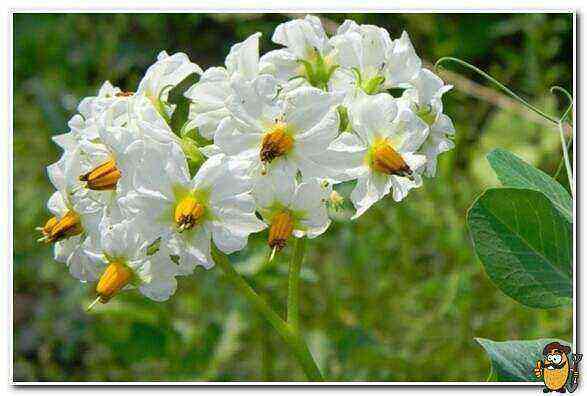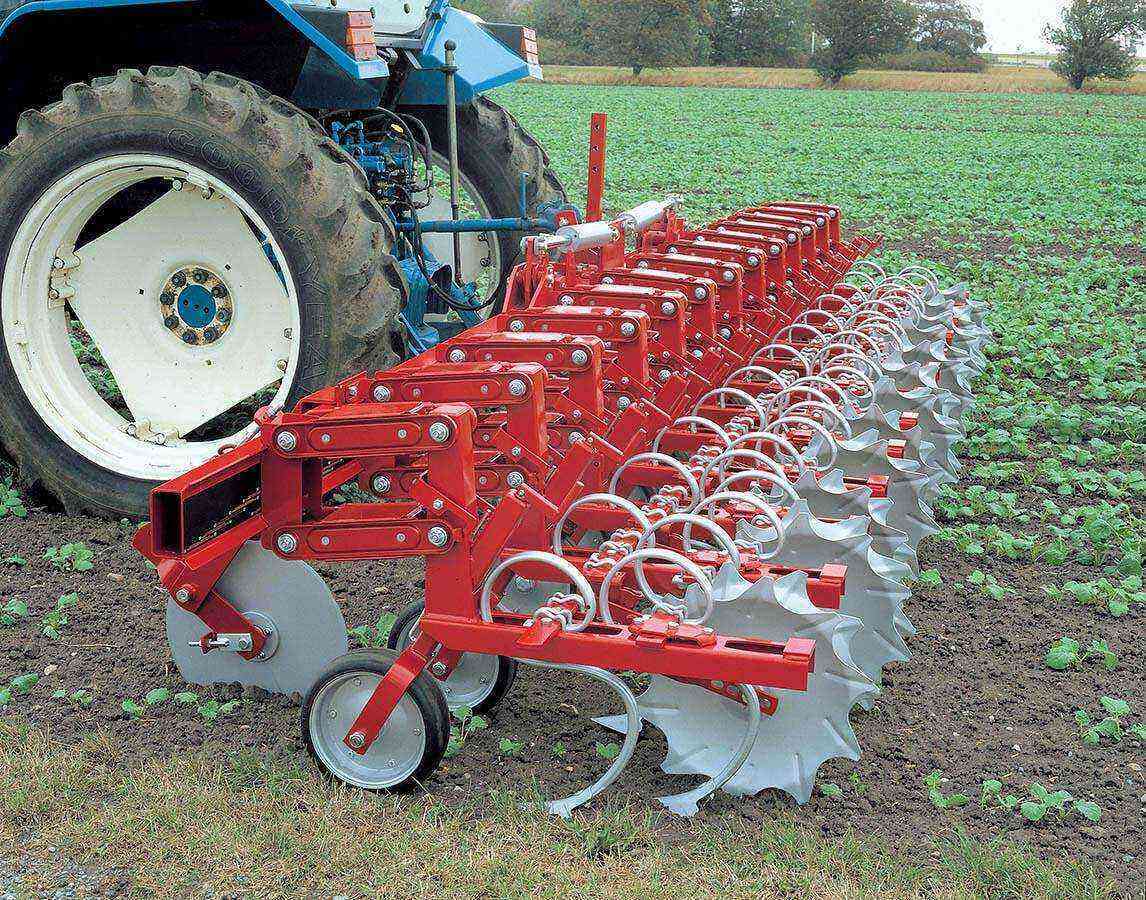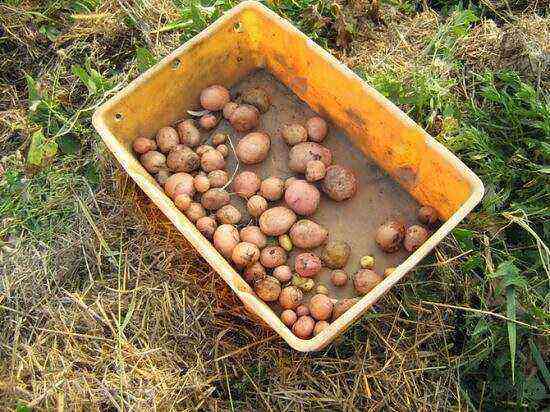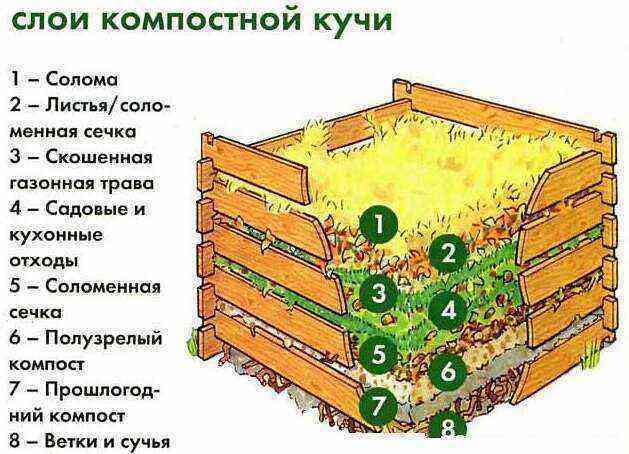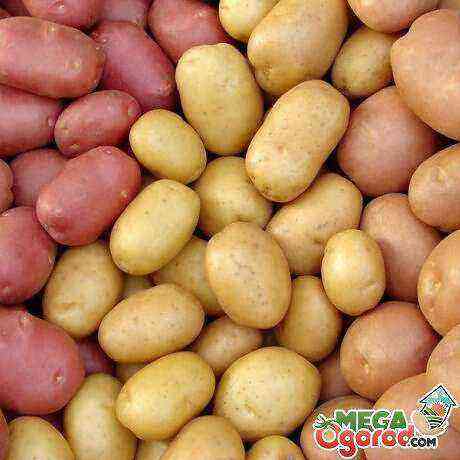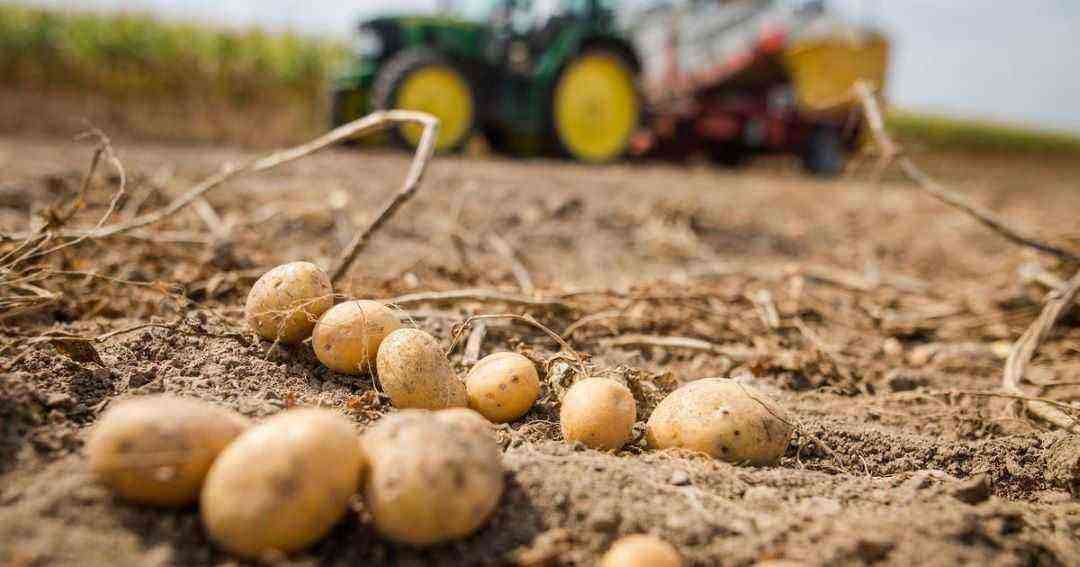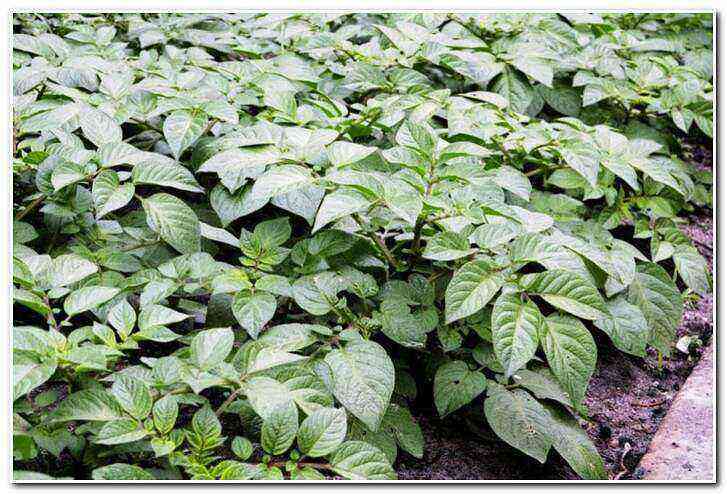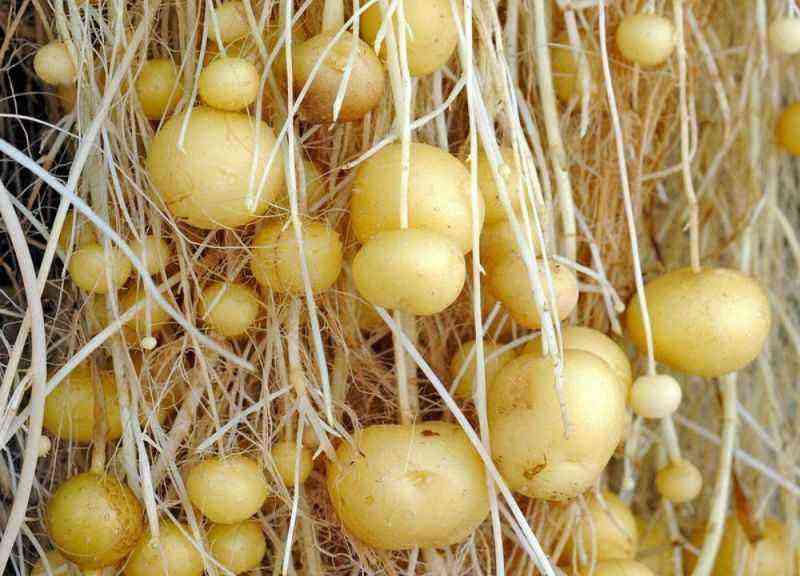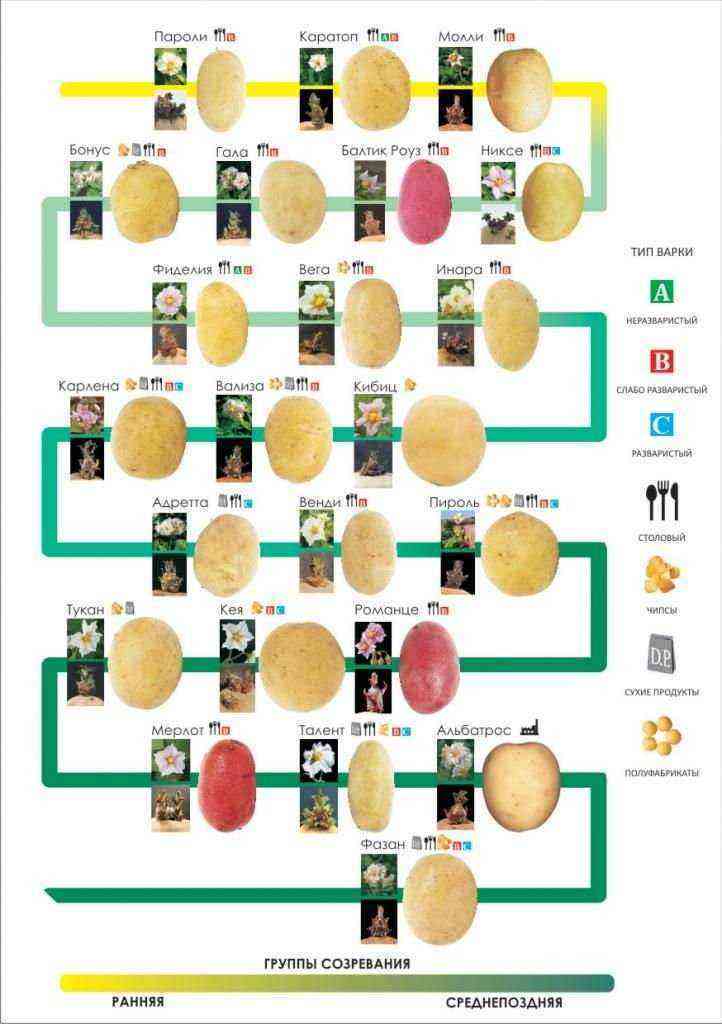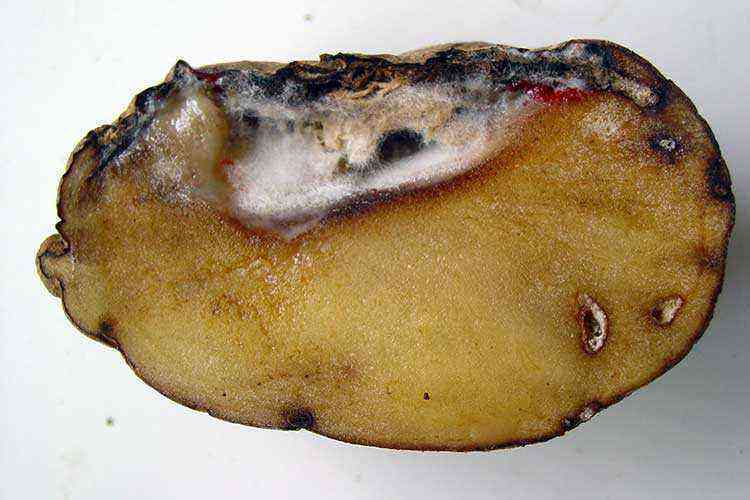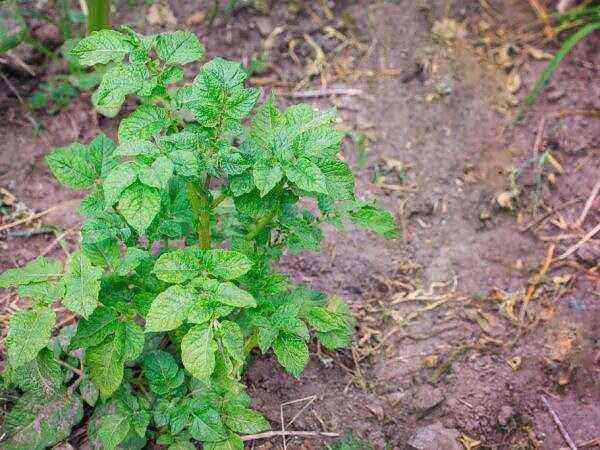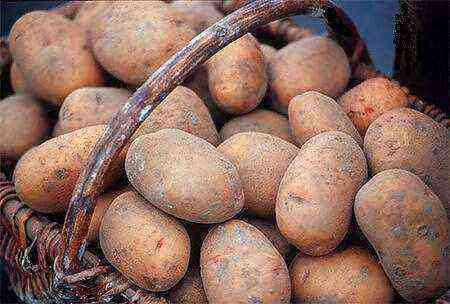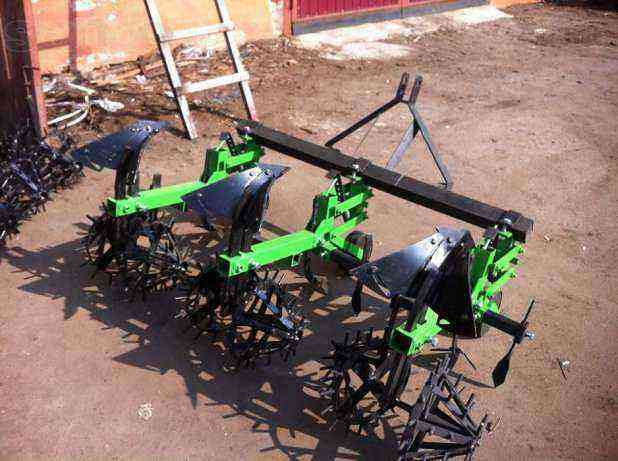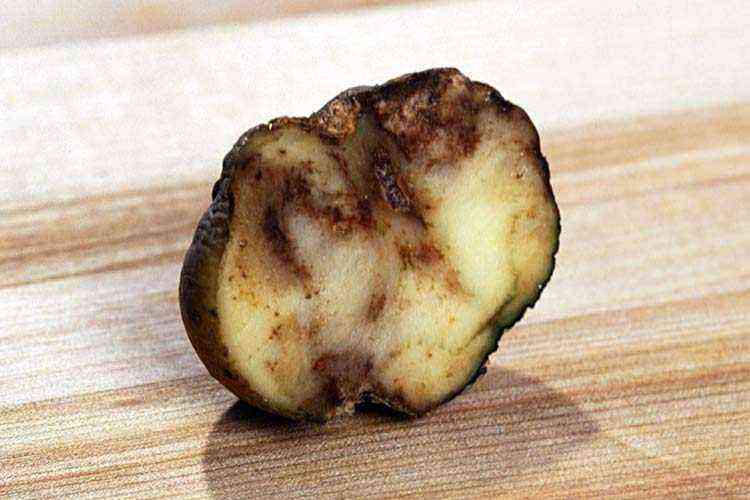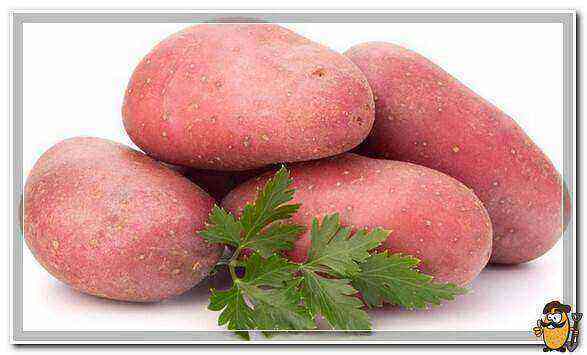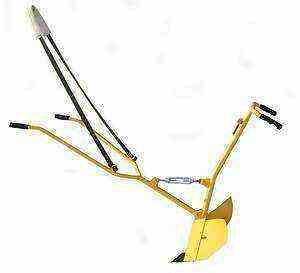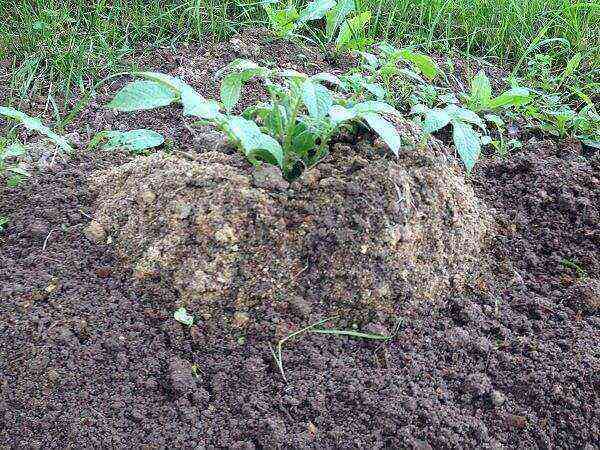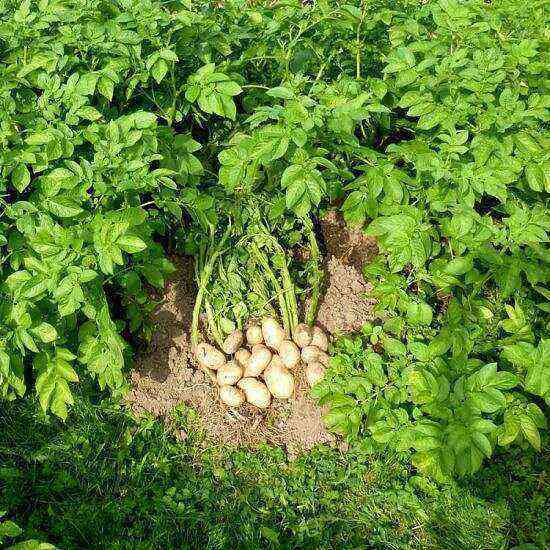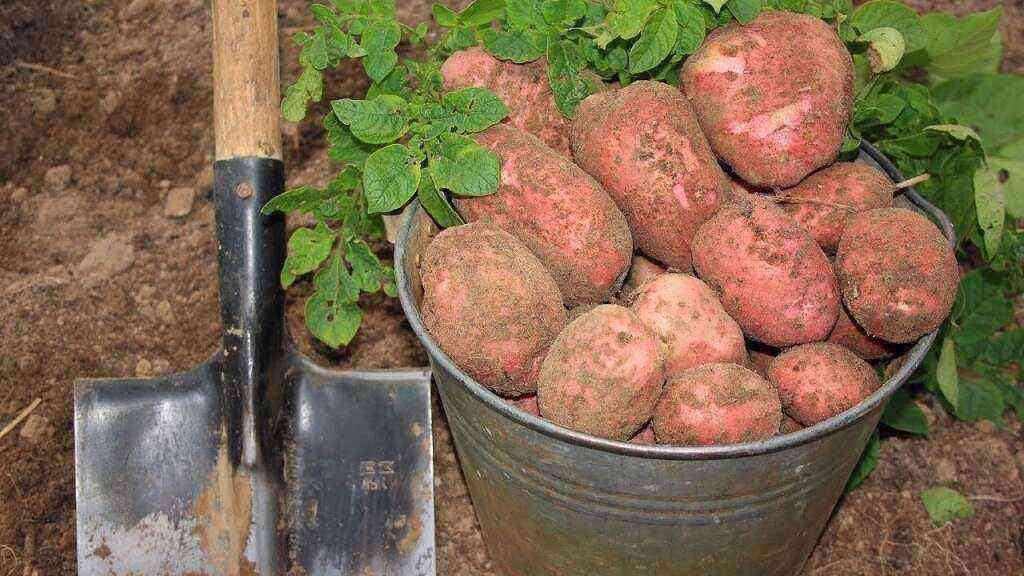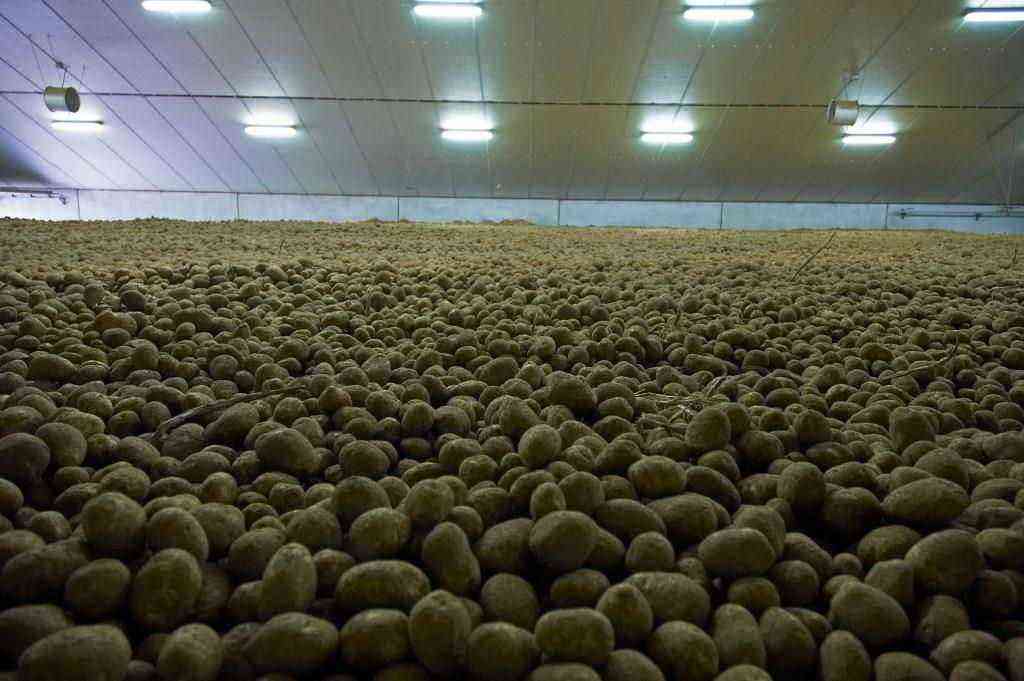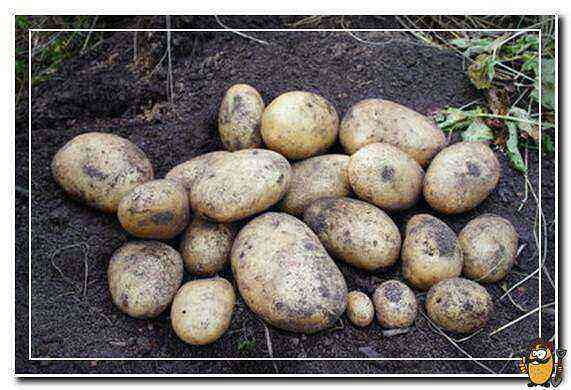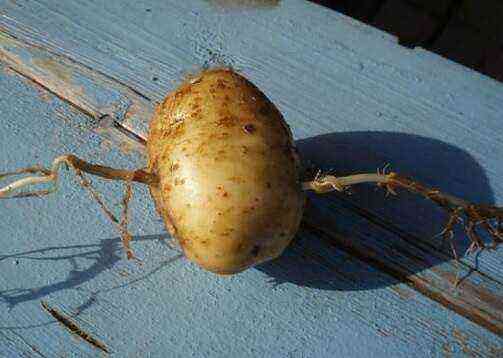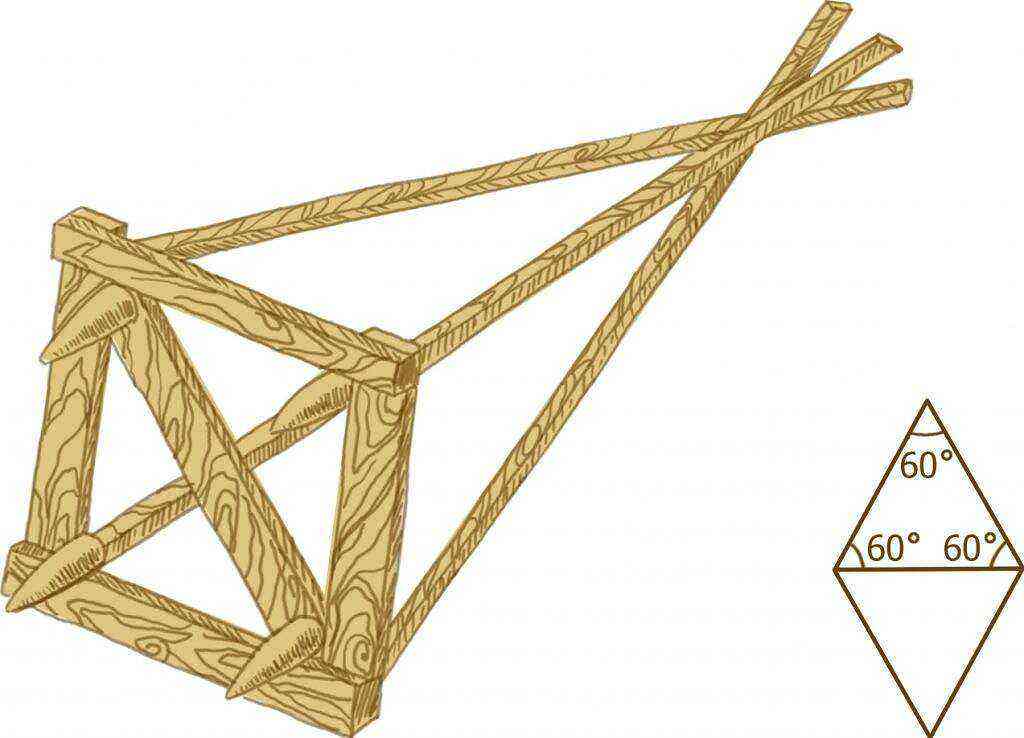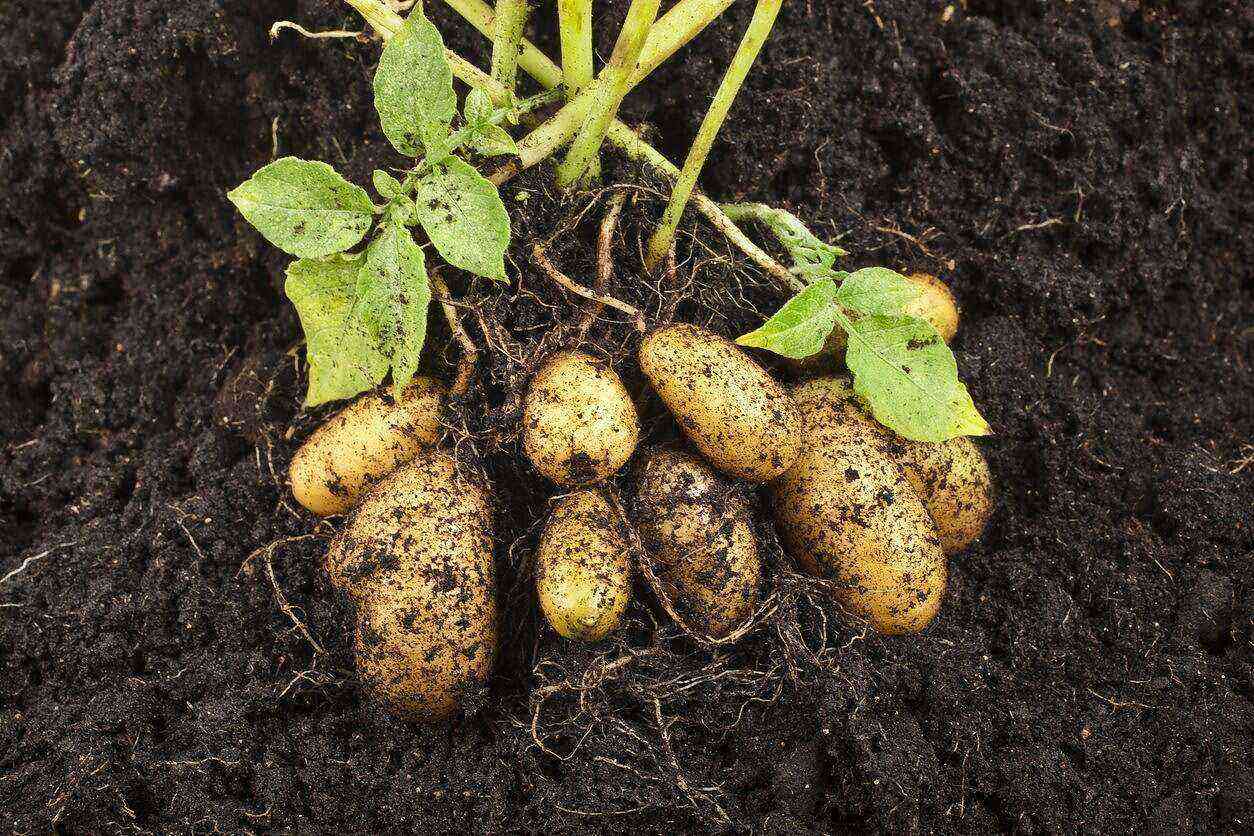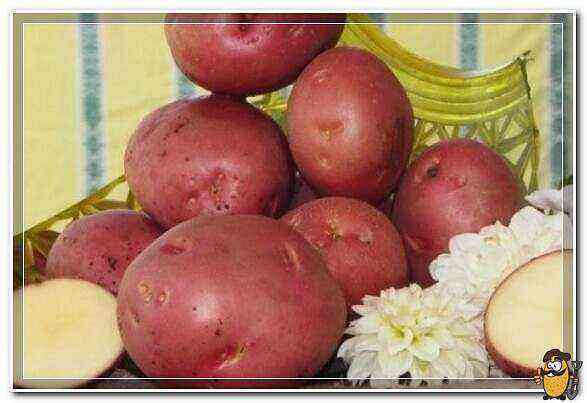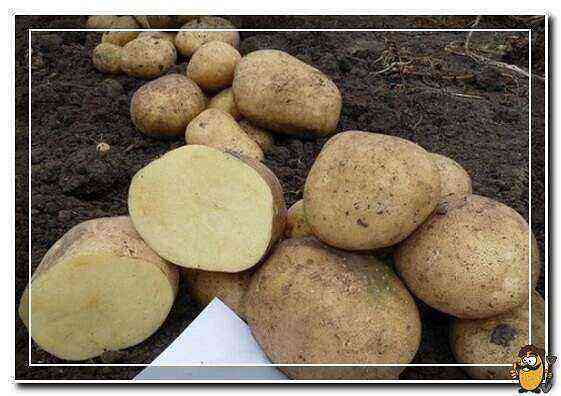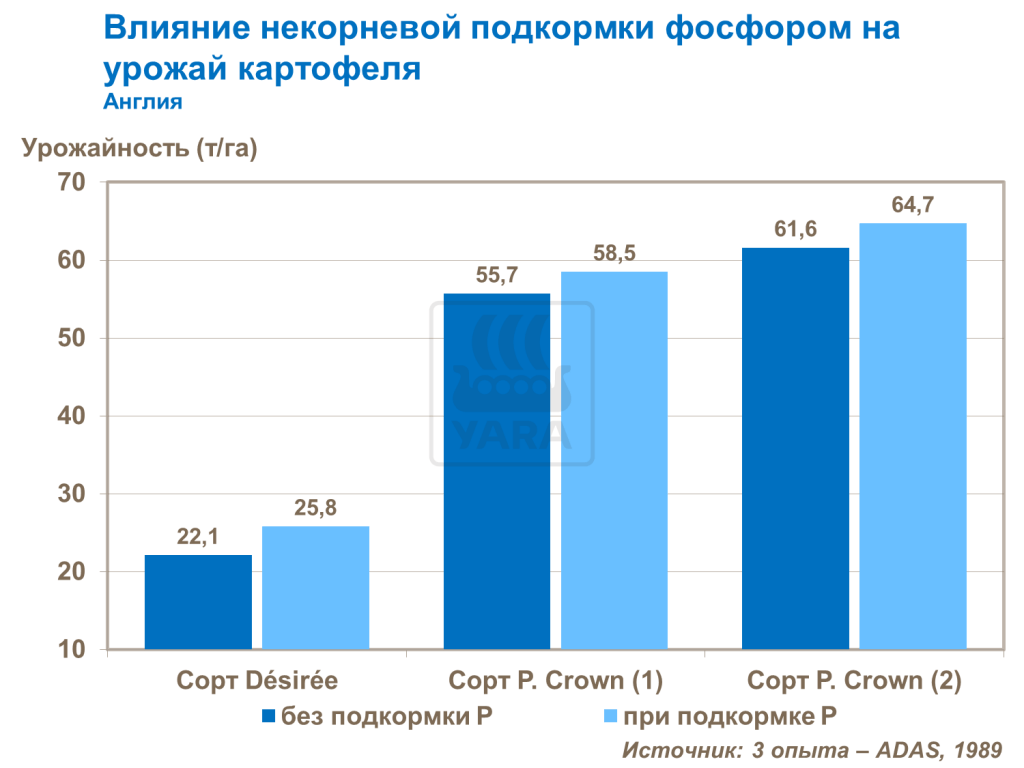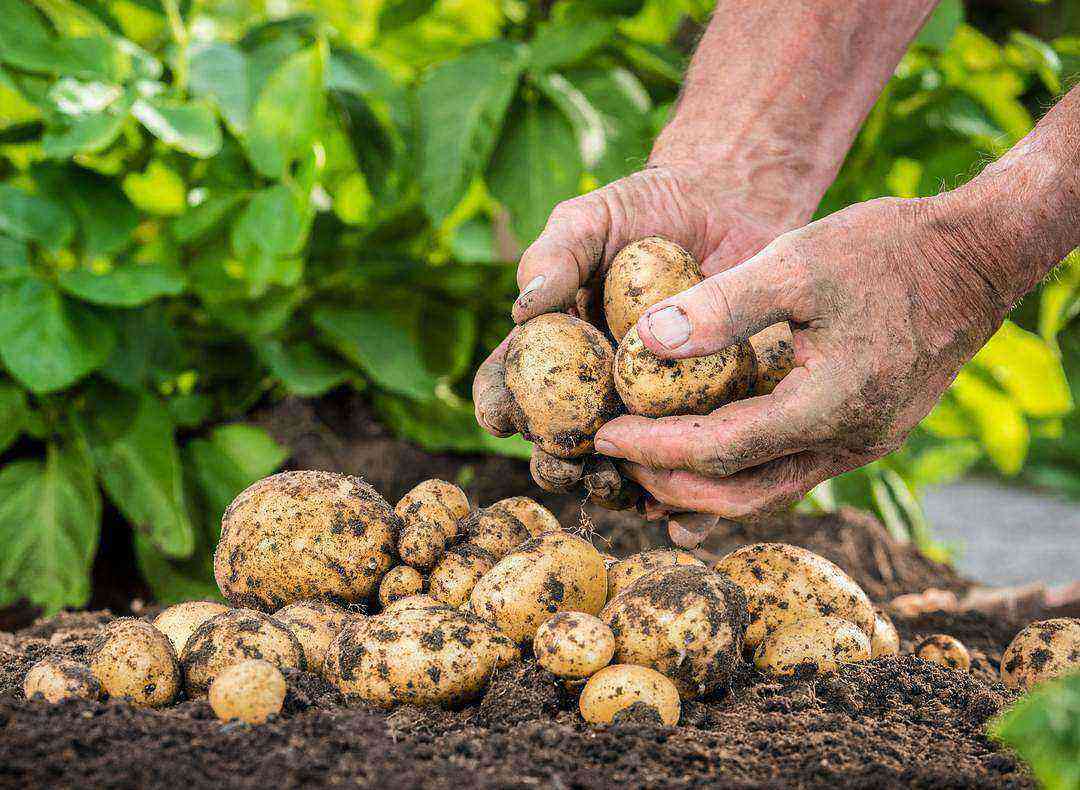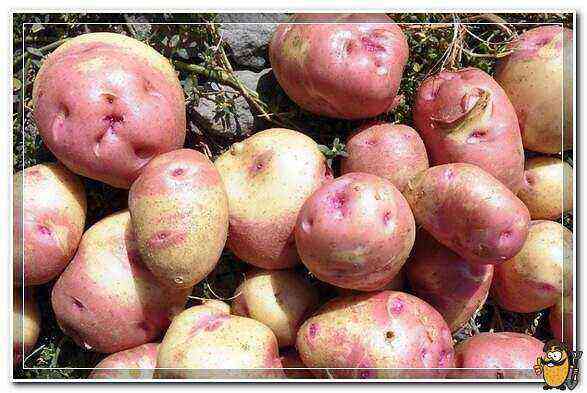Late blight is a fungal disease of tomatoes and potatoes. The disease is so nasty that gardeners, when they mention phytophthora, lose their mood and good spirits.
Late blight affects nightshade crops grown in temperate climates, that is, where tomatoes and potatoes cannot grow naturally. Every year, the disease affects tens and hundreds of plants growing in the garden and tens of kilograms of tomato and potato harvest.

The spread of late blight is facilitated by excessive air humidity, abundant dew, fogs, sudden temperature changes during the day and at night. Dense planting of tomatoes, clogging of plantings with weeds and growing tomatoes next to potatoes finish what they started.
The fungus, the causative agent of late blight, spreads along with plant debris through the soil. Tomatoes suffer from potatoes, because late blight initially appears on potato leaves, and only 10-15 days later – on tomatoes.
The trouble is that tomatoes and potatoes are usually grown nearby and everywhere, in every neighboring vegetable garden. Therefore, late blight spreads quickly and over a large area, and the owner asks himself and others the same questions at the end of each garden season:
- How to defeat phytophthora?
- Where to Buy Healthy Late Blight-Resistant Tomato Seeds?
- What varieties of tomatoes are resistant to late blight?
- How to process potato and tomato bushes to protect against late blight?
- What chemicals to buy to disinfect crops and seeds from late blight pathogen?
I will try to answer all these questions in this article, albeit out of order.
Late blight affects even seeds
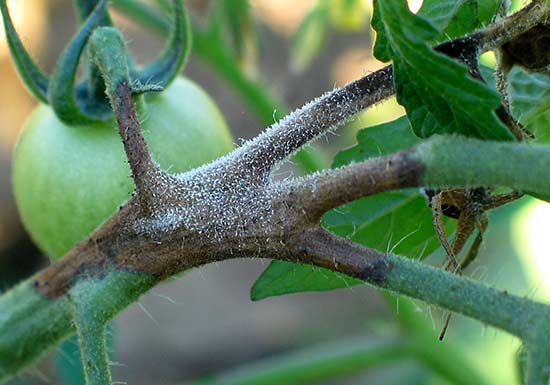
Late blight spreads quickly. Even seemingly healthy tomatoes and potatoes are already sick, and late blight will manifest itself in the process of ripening. Tomatoes and potatoes affected by late blight can be eaten only after heat treatment (immersed in boiling water for 15–20 minutes), and seeds cannot be taken from them.
Never take seeds from plants with late blight – this is the most important rule. Remember, there can be no healthy fruits on tomatoes and potatoes infected with late blight.
Why deliberately spread late blight? There is already enough infection in the soil.

I do not recommend harvesting seeds in the year of mass spread of late blight, even from healthy-looking plants. Do not be lazy and collect the seeds for future use when the disease has receded.
Tomato has a fairly high multiplication factor: depending on the variety, from 10 kg of tomato, 200-340 grams of seeds can be harvested. This amount of seed should be enough for many years.
Consider yourself, considering that the mass is 1000 pieces. seed equals 2,5-3,3 grams, then a maximum of 3-4 grams of seeds will be required annually to grow about 1000 plants. Moreover, tomato seeds are very well stored, and even at room temperature do not lose their germination for 10-12 years.
It is recommended to sow tomato seeds that have been stored for 2-3 years. By this time, they undergo a kind of quarantine and are freed from pathogens of viral and other diseases.
Seed selection
During the growing season, observe the growth and development of tomatoes and potatoes. Take note of those bushes that have succeeded in growth, strength, and yield. Do not forget about varietal characteristics, such as: compliance with the variety in terms of bush habit, shape, size and color of the fruit.
When the fruit begins to ripen, mark the bushes that are most successful and taste the tomatoes and potatoes as they ripen. Tomatoes are considered ripe if they have a color characteristic of the variety.
Tomatoes, for example, ripen 60–65 days after flowering. For selection, we leave tomatoes from the 2nd and 3rd brush, they are most typical for the variety. Tomatoes left for seeds are harvested in the phase of full maturity, but in wet and cold years, they are harvested without waiting for them to fully ripen on the bush.
Extracting seeds from tomatoes
Ripe tomatoes are cut across and with a spoon, seeds are taken from the seed chambers together with the pulp (pulp with juice) into a glass container.
The container with the seeds is placed in a warm place, where the seeds are allowed to ferment for 1-2 days. Then the contents of the jar are poured into a gauze bag and washed until clear water flows out.
Spread clean seeds in a thin layer on a cloth and dry in the shade in a warm, well-ventilated place for several days. The dried seeds are packed in a cloth or paper bag, and a label must be put into it, on which the name of the variety, the date of collection of the seeds and the year of harvest are written.
Prevention of disease and drugs for late blight

For the prevention of late blight, I recommend the following measures:
- Isolate tomato crops as much as possible from potato crops;
- Carry out a crop rotation and return all nightshade crops (tomatoes, potatoes, peppers, eggplant) to their original place not earlier than in 3-4 years;
- Remove and burn all plant residues, and dig up the soil;
- Seeds of their own harvest and purchased before sowing, process with 1% solution of potassium permanganate for 20 minutes, and then thoroughly rinse and dry;
- Regularly feed tomato seedlings with phosphorus-potassium fertilizers.
During the growing season, plants should be treated with drugs for late blight, such as:
- 1% Bordeaux liquid;
- 0,4% suspension of chloroxygenated medium (40 grams per 10 liters of water);
- 0,2% copper-soap emulsion (20 grams of copper sulfate and 200 grams of soap per 10 liters of water);
- 2% ditan (200 grams per 10 liters of water);
- 2-5% Cuproxat (250-500 grams per 10 liters of water).
The seedlings are sprayed with solutions of drugs before planting in the ground, then 2 weeks after planting the seedlings. Spray again in the phase of the beginning of fruit formation.
In wet years, in addition to preventive treatments, therapeutic treatments are carried out when the first signs of the disease appear. The frequency of processing is every 10–12 days. Working fluid consumption – 1 l per 10 m2… The last spraying with Bordeaux mixture is carried out 10-12 days before harvest. Other drugs 20-25 days before the start of the harvest.

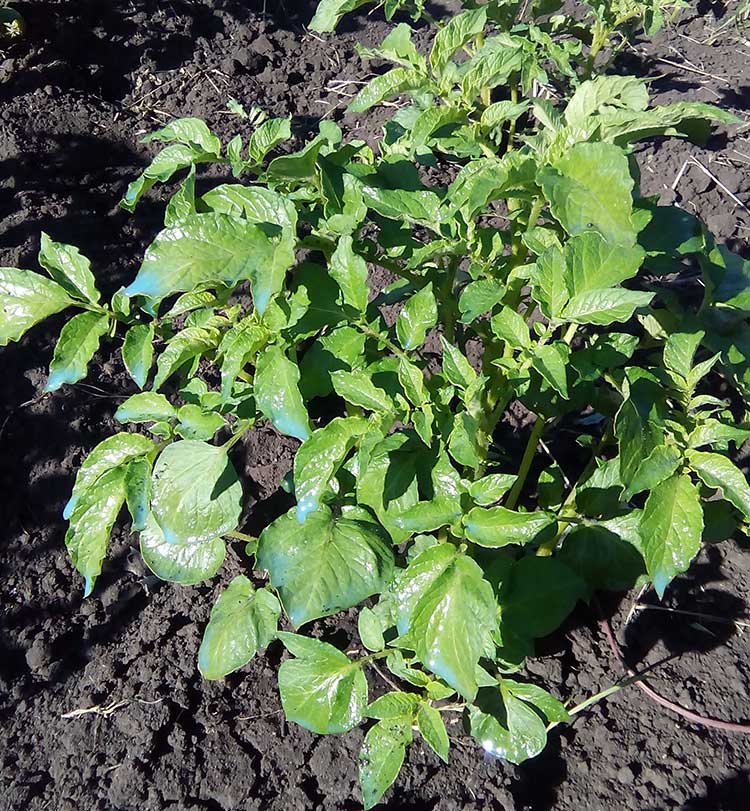
Spraying with Oxyhom is also effective (1-2 tablets per 10 liters of water). Plants are prophylactically treated with this drug in the budding phase, then – when the first signs of the disease appear, then – every 10–12 days.
It is necessary to spray the leaves from the bottom side and with a very thin spray so that the solution does not drip from them.
Prevention of late blight with folk remedies
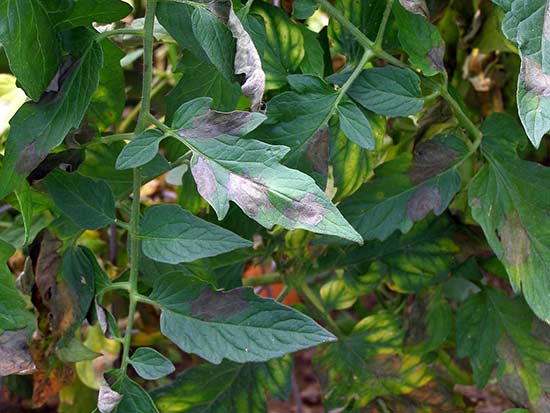
Folk remedies for the prevention of late blight can be processed potatoes and tomatoes. Among the most famous and effective is a solution prepared from 1,5 cups of chopped garlic and 1,5 g of potassium permanganate, diluted in 10 liters of water.
The first time the plants are sprayed with the solution 2 weeks after planting the seedlings, and then every 10 days. Another solution (dissolve 10 drops of iodine and 40 g of potassium chloride in 30 liters of water) is used when watering plants. It is applied directly to the wells at the rate of 0,5 liters per plant.
Harvesting correctly
Correct harvesting of tomatoes is the key to success in the fight against late blight. Tomatoes are removed from the bushes, night temperatures will drop to + 10 ° C, including unripe, green ones. The collected tomatoes are disinfected in hot water at a temperature of +60 ° C for 1,5–2 minutes and dried. Use ripe tomatoes as directed, and put green ones to ripen at a temperature of 25 ° C.
